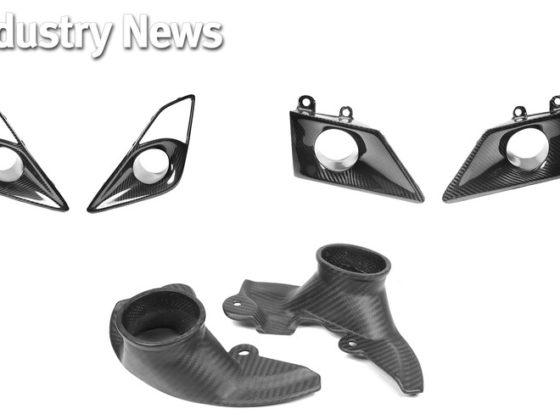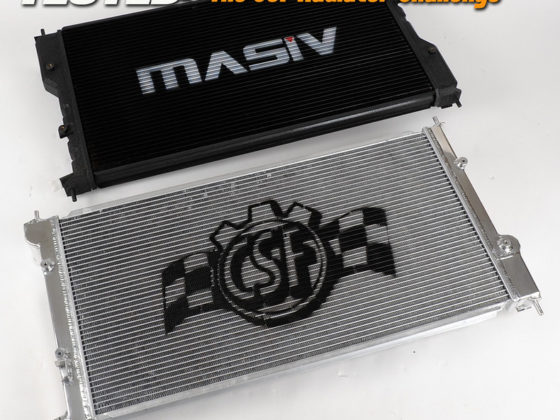GarageLove How To: Tire Testing
The neck-twisting grip that modern performance tires deliver was once the territory of just limited-production race compounds. Couple that delightful evolution with the rise of affordable data acquisition systems and more track-capable cars than ever before—and you just have to wonder—are we in the era where anyone can find the absolute best tire for their car? Can the hardcore enthusiast simply buy several sets of tires and figure out which brand works best for their car, track and driving style?
We won’t leave you hanging. The answer is a “Yes” with a few small, but important, “Buts” and that’s what we’re going to focus on. Anyone can figure out what tire works best in a certain application. It just takes time, money and the understanding that the narrower your focus is, the quicker and faster it is to figure all of that stuff out.
Professional automotive tire testing is broken down into two major categories: Objective and Subjective. Objective, in this case, refers to instrumented testing done in a tire manufacturer’s lab. This testing will highlight a tire’s coefficient of friction, wear and noise parameters in a tightly controlled environment. Subjective is what people typically imagine when they think of tire testing: A test engineer is set out on test road loops and closed tracks to feel, listen and evaluate the tire from behind the steering wheel.
 Factory test drivers do this testing day in and day out, but it is possible to get good data by following some simple rules. Rule #1 is to make things as consistent and repeatable as possible.
Factory test drivers do this testing day in and day out, but it is possible to get good data by following some simple rules. Rule #1 is to make things as consistent and repeatable as possible. The tire companies have a near unlimited budget for track time and tires, but if we work smart, enthusiasts and amateur racers can get it done on a more reasonable level. If you want to do your own subjective testing, here are some things you must consider.
Define a Reasonable Scope and a Testing Procedure
 Decide if this is going to be an autocross or road course test right off the bat. Either are doable, but they take differing amounts of logistics and budgets. Road courses, despite being expensive are actually a little easier as they can be more consistent.
Decide if this is going to be an autocross or road course test right off the bat. Either are doable, but they take differing amounts of logistics and budgets. Road courses, despite being expensive are actually a little easier as they can be more consistent. First off, set boundaries and limit the scope of your testing. Do some research ahead of time to narrow down the field of tires and start that with what your competitors are using. A team of two people can typically test four different sets of tires on a single car with a day of autocross track time, assuming that both drivers are already comfortable in the car and the track layout. Figure on five or six runs for each driver on a set of tires.
 Tire tests are helpful to figure out what tire you should run this season—little changes in compounding like Hankook did between the RS3 and RS3 V2 can make a big difference in lap times.
Tire tests are helpful to figure out what tire you should run this season—little changes in compounding like Hankook did between the RS3 and RS3 V2 can make a big difference in lap times. 



